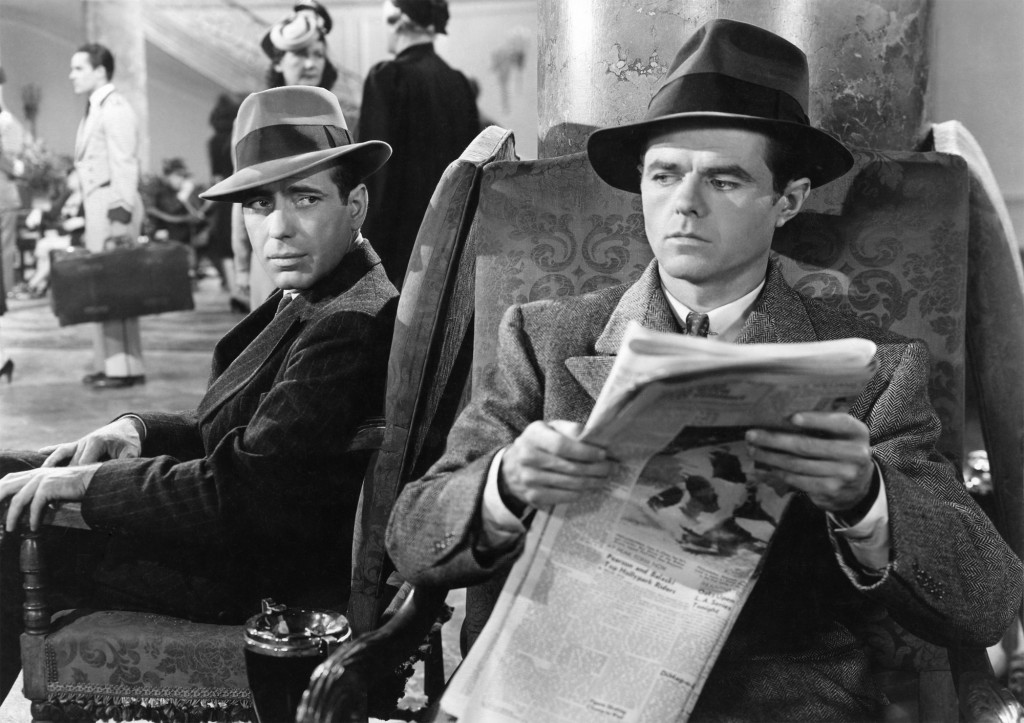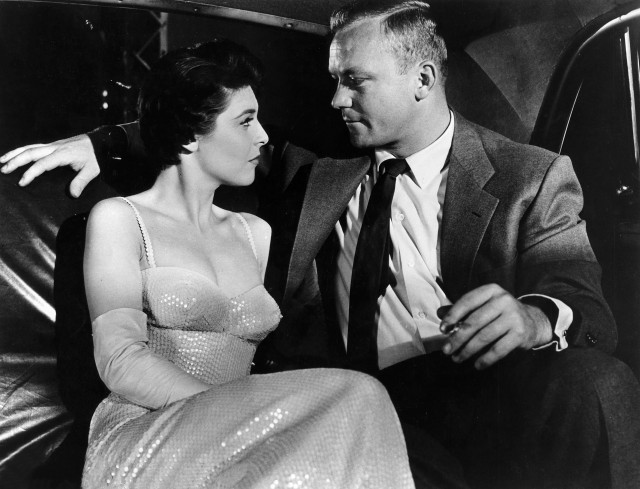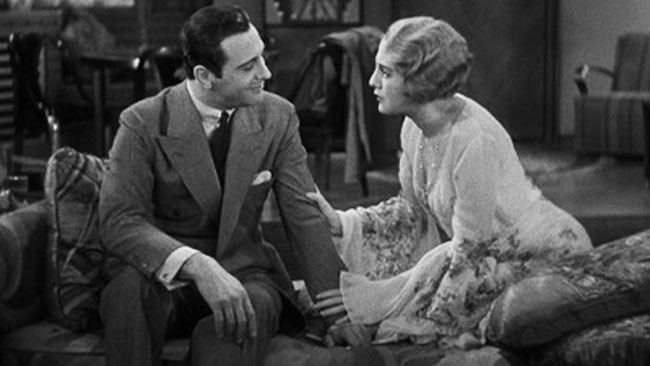
When we think of The Maltese Falcon, the 1941 John Huston film justifiably comes to mind. After all, it’s arguably the first film noir and undeniably influential. It’s also got Humphrey Bogart as an indelible detective Sam Spade and an unsurpassed ensemble cast. But this is only one of three movie versions of Dashiell Hammett’s source novel.
The 1931 movie was a sex comedy, and the 1936 version was a screwball comedy. All three films are united by Hammett’s cynicism.
THE MALTESE FALCON (1931)
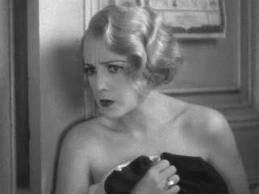
The first cinematic The Maltese Falcon came out in 1931, only one year after the novel. It was directed by Roy Del Ruth with its screenplay adapted by Maude Fulton, Brown Holmes and Lucien Hubbard. Sam Spade was played by Ricardo Cortez, born Jacob Krantz to Austrian Jewish parents and recast by Hollywood into a Latin Lover.
Cortez’s Sam Spade is lecherous, cocksure, leering and pawing. Indeed, if this Pre-Code The Maltese Falcon is about anything, it’s about sex. It opens with a woman adjusting her hose before leaving Sam Spade’s office, evidence of a just-completed sexual encounter.
Bebe Daniels plays Miss Wonderly/Brigid O’Shaughnessy as sexually aggressive. She’s shown taking an obviously post-coital bath, and deals out lines like “who’s that dame wearing MY kimono?“.
At one point, a large banknote is missing and Spade takes Brigid into an adjoining room and strip searches her. This 1931 movie is the only Maltese Falcon that contains this sequence. What we see on camera is an apparently nude Brigid clutching her clothes behind the door.
As entertaining as this raunchy version is, much of the drama is drained drama from the final confrontation. Spade produces Chinese merchant Lee Fu Gow as an eyewitness to Archer’s murder, resulting in Brigid’s conviction. Then Spade shows up to jail to buy premium perks for Brigid while she is incarcerated. Off-screen, Wilmer kills Gutman and Cairo.
According to film noir expert Eddie Muller, this 1931 Effie (Spade’s secretary), played by Una Merkel, is the closest screen portrayal to the detective’s secretary in Hammett’s source novel.
The Hays Code prevented the re-release of The Maltese Falcon in 1936, which led to the 1936 remake. Because it’s so risque, the complete version of this 1931 film was not screened again in the United States until 1966.
SATAN MET A LADY (1936)
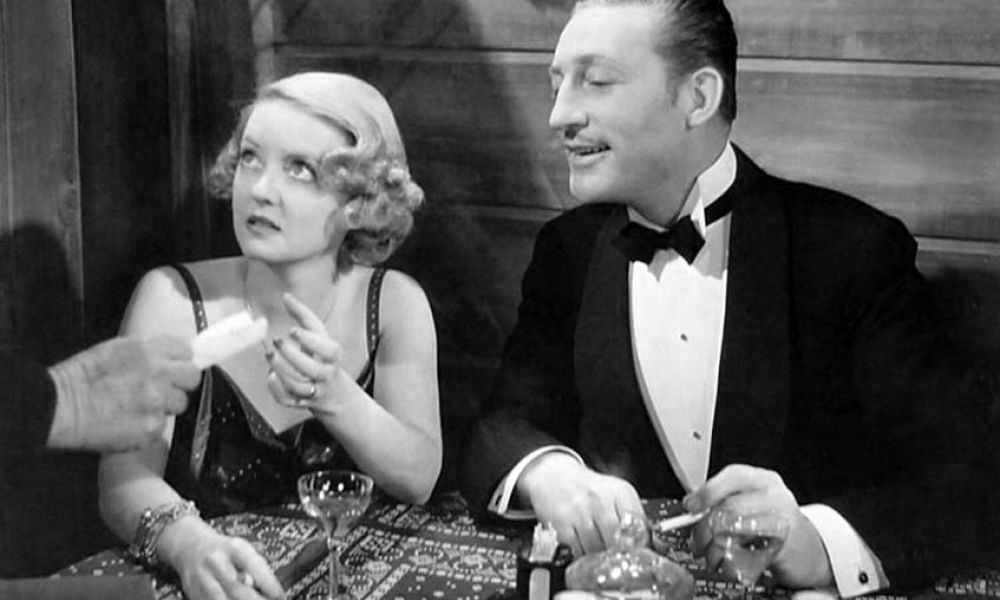
That 1936 remake was directed by William Dieterle, with a screenplay by Brown Holmes. It’s more of a screwball comedy than a whodunit. And it’s an actor’s movie – with the stars riffing off their already established screen personae.
Like the title, all of the characters are renamed but recognizable. Warren William plays the shamus Sam Spade, Bette Davis is the Brigid fatale, ditzy Marie Wilson is the Effie, Alison Skipworth is a female take on the Gastman character and Arthur Treacher’s Travers fills the place of the Cairo character. The gunsel is played as an obvious homosexual by purring Maynard Holmes (an effective scene stealer despite being uncredited). And the MacGuffin they’re all chasing is The Horn of Roland, not the black bird.
Warren William was the King of Pre-Code, a leading man who delighted in playing shameless scoundrels. That’s what audiences were expecting, and that’s what they got in Satan Met a Lady. William’s Spade is flamboyant and always looking for a quick buck (and a quickie). Bette Davis matched up well with William, as she did earlier in the political satire The Dark Horse.
Alison Skipworth was already 72 when she made Satan Met a Lady, and her jovial but devious performance is at least as good as Sydney Greenstreet’s in the 1941 version.
Quips fly back and forth in a ping pong of witticisms. And you can’t take your eyes off Maynard Holmes and Marie Wilson whenever they’re on the screen.
THE MALTESE FALCON (1941)
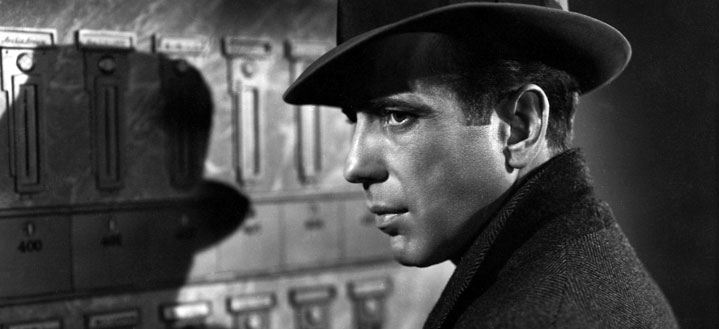
John Huston directed and adapted the screenplay for the 1941 The Maltese Falcon. This is the most famous version because it is by far the best. It’s darker, and virtually every character is richer, and the performances by Humphrey Bogart and Mary Astor are riveting.
Huston’s Maltese Falcon is often called the first film noir, and it’s certainly more influential than the other contenders. Huston and cinematographer Arthur Edeson (Casablanca) teamed up to create innovative camera shots and a a setting every much as shadowy as the characters. You can see The Maltese Falcon‘s look and feel in the entire genre of film noir.
Right away, audiences knew they were looking t something different. We see the shadow of the lettering “Spade and Archer” on the office floor. Spade’s phone is lit by outside streetlights when he gets the call about Archer’s demise. Many faces emerge from the shadows, dramatically lit. Spade leans over to kiss Brigid, and we see over his shoulder, out the window to Wilmer’s stakeout on the street below. Look for the shadows of the curtains blowing behind Spade in the final scene.
You can play a drinking game with the times that Brigid has bars across her, from the shadows of Venetian blinds, the stripes on cloths, and, finally, when the bars of the elevator are pulled across her face.
Bogart was a familiar face in crime movies, usually as the villain dispatched by the hero. But The Maltese Falcon put him on the A-List. Bogart’s Sam Spade was the streetwise, cynical guy looking out for himself, but who still adheres to a code, just like his upcoming iconic roles in Casablanca, To Have and Have Not, The Big Sleep and Key Largo.
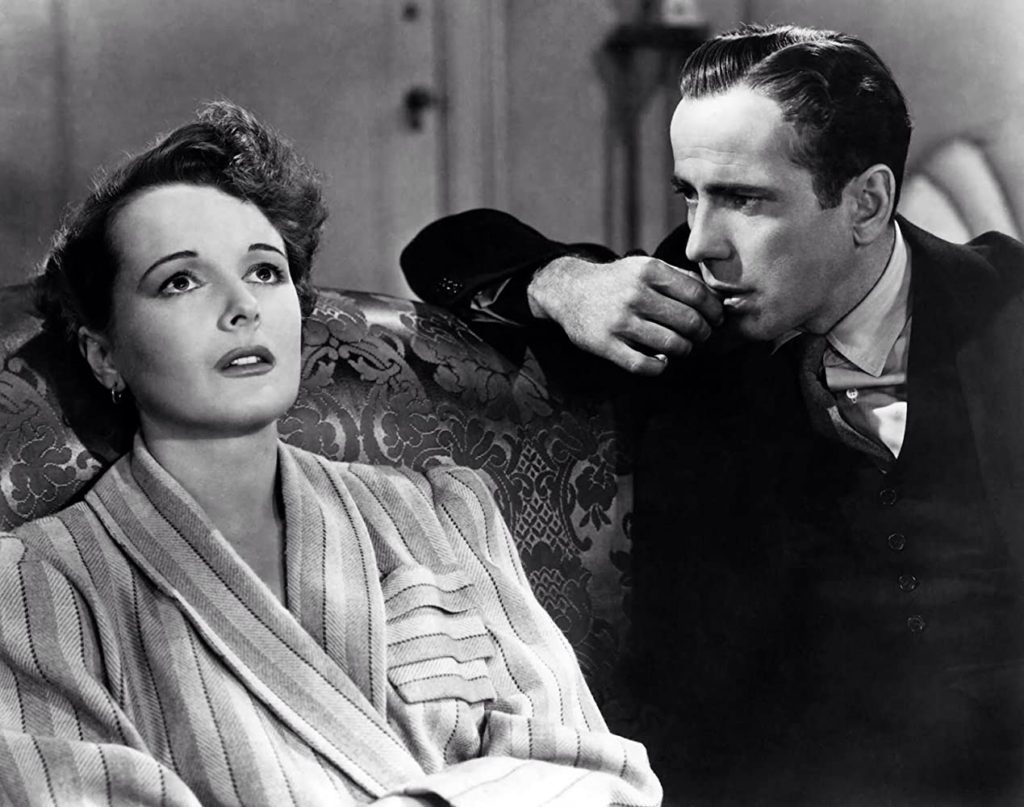
Mary Astor’s Brigid O’Shaughnessy is a tour de force. Adorable, captivating and seemingly vulnerable, Astor’s Brigid is SO manipulative. Bogart’s Spade is so jaded that he expects the worst from everyone, but even he can let his guard down for Astor’s Brigid.
Astor was an uncommonly beautiful girl, and, beginning at age 15, she made 49 pictures in the Silent Movie Era. Her best role had been at age 29 in Dodsworth, filmed while she was being tormented by scandalous child custody litigation. Here, the 35-year-old Astor is seasoned enough to play a crafty woman who uses her sexuality without looking like that’s what she’s doing.
Superb performances abound, especially Sydney Greenstreet as the affable but sinister mastermind Gutman and Peter Lorre as the fey hustler Joel Cairo. As Wilmer, Elisha Cook, Jr., delivers the finest depiction of a weak punk, wannabe hard guy before John Cazale’s Fredo in The Godfather.
This was the first movie for the 61-year-old stage actor Greenstreet and the beginning of his on-screen pairing with Peter Lorre. Huston and Edeson film Gutman from below to emphasize his girth and menace. Upon receiving really bad news, the nervous Cairo melts down and Gutman clutches at his carotid artery, but then recovers and embarks in merry greed.
Dashiell Hammett’s world view – that no one can disappoint you as long as you expect them to act only in their craven self interest – pervades all three Maltese Falcons. But Bogart’s Sam Spade, as written by John Huston, elevates the 1941 version. Ever sympathetic, Bogart’s Spade is never cuddly; his partner is not yet in the ground when Spade has the sign painter remove the partner’s name from the office door. And, as would any man, Sam can have feelings for Brigid, but he won’t be her sap.
